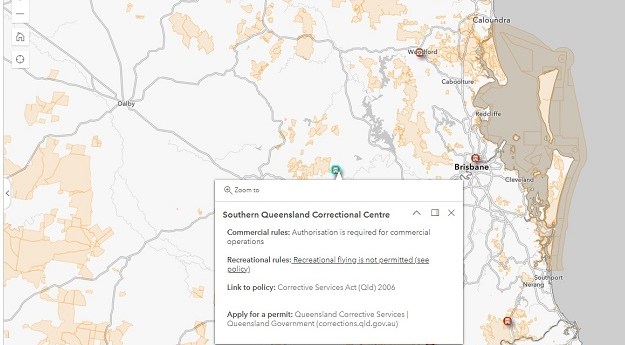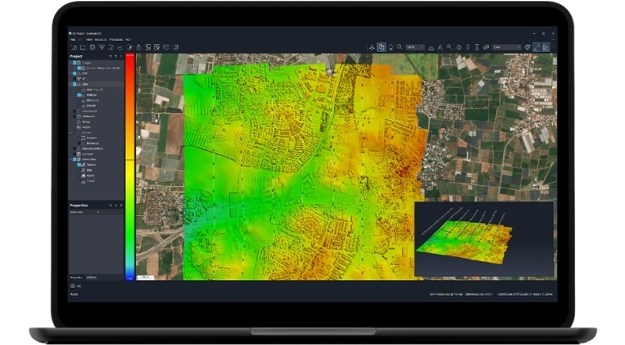
Australian and New Zealand have come one step closer towards enabling wide-scale adoption of automated vehicles.
The cross-government initiative supporting automated, connected and driverless vehicles in Australia and New Zealand, Austroads, has just published a report identifying the changes needed to ensure road authorities, physical infrastructure and vehicle manufacturers are all aligned to enable a safe, efficient and sustainable future for the technology.

“The Assessment of Key Road Operator Actions to Support Automated Vehicles” report, available form Austroads
Austroads has reviewed international and local documents and initiatives and consulted a range of stakeholders to determine the emerging requirements for automated vehicles to operate on public and private road networks, including both urban and rural areas.
The resulting 83-page report “Assessment of Key Road Operator Actions to Support Automated Vehicles” details the key issues and drivers for the Australia and New Zealand region across three broad categories: physical infrastructure; digital infrastructure and road operations.
Austroads defines Automated Vehicles (AVs) as a term used for vehicles that involve some automation of the primary driving controls (i.e. steering, acceleration, braking). It also considers the varying levels of automation being developed and the growing trends towards electric vehicles and the sharing economy as significant factors in shaping these technologies.
What Australia and New Zealand need to get on the road
The report details the physical attribute include the road and intersection design needed to be considered differently depending on the automated vehicles use cases that may need to be supported. This includes
- Road pavement and structures: changes to loads on bridges, pavements, and barriers; road and asset maintenance; and road conditions.
- Signs and lines: the need for consistency of road signs and line marking for machine readability.
- Roadworks: the need for real-time information about current road conditions.
- AV certification: a method or framework to “certify” roads as AV compliant.

Sparse mobile network coverage in Australia and New Zealand (pictured), will be a significant challenge in keeping automated vehicles connected. Source: Austroads
In a similar manner, the digital infrastructure required for automated vehicles vary depending on the AV and the use case being supported. Data management, positioning services, and communication technologies were all identified as are important areas to be considered. The following issues with digital infrastructure may need to be considered to support AVs operating across the road network:
- Geographical coverage: Australia and New Zealand are both challenged by sparse coverage of cellular communication services.
- GNSS positioning: Many vehicle systems depend on a freely available Satellite Based Augmentation System (SBAS) for absolute positioning. Australia and New Zealand do not currently have access to such a system, but both Governments have recently announced plans to trial the technology.
- Mapping: There is expected to be a greater focus for road authorities on digital mapping and data exchange as part of core operating capabilities.
Road operations are expected to evolve to support new use cases that come with the introduction of automated vehicles. The following issues may require further consideration:
- Network management approaches and supporting tools may need to be reviewed and amended to ensure they appropriately consider future use cases.
- A range of standards, guidelines, and regulations will need to be reviewed and updated.
- Roadworks will need to become well planned events with real-time information provided to automated vehicles.
The report concludes with high level guidance for road agencies and operators.
Austroads have also just released a supporting document “Guidelines for Trials of Automated Vehicles in Australia,” which aims to provide a flexible framework to encourage innovation and ensure safety when testing automated vehicle technology on Australian public roads.
Keen to hear more?
Austroads are looking to inform the community about its investigation of automated vehicles technology and are hosting a free online webinar on the very topic.
The webinar, taking place on 16 June 2017, will feature Stuart Ballingall (Austroads Program Director, Connected & Automated Vehicles) and Scott Benjamin (WSP), who will provide an overview of the challenges posed by the operation of automated vehicles on public roads.













